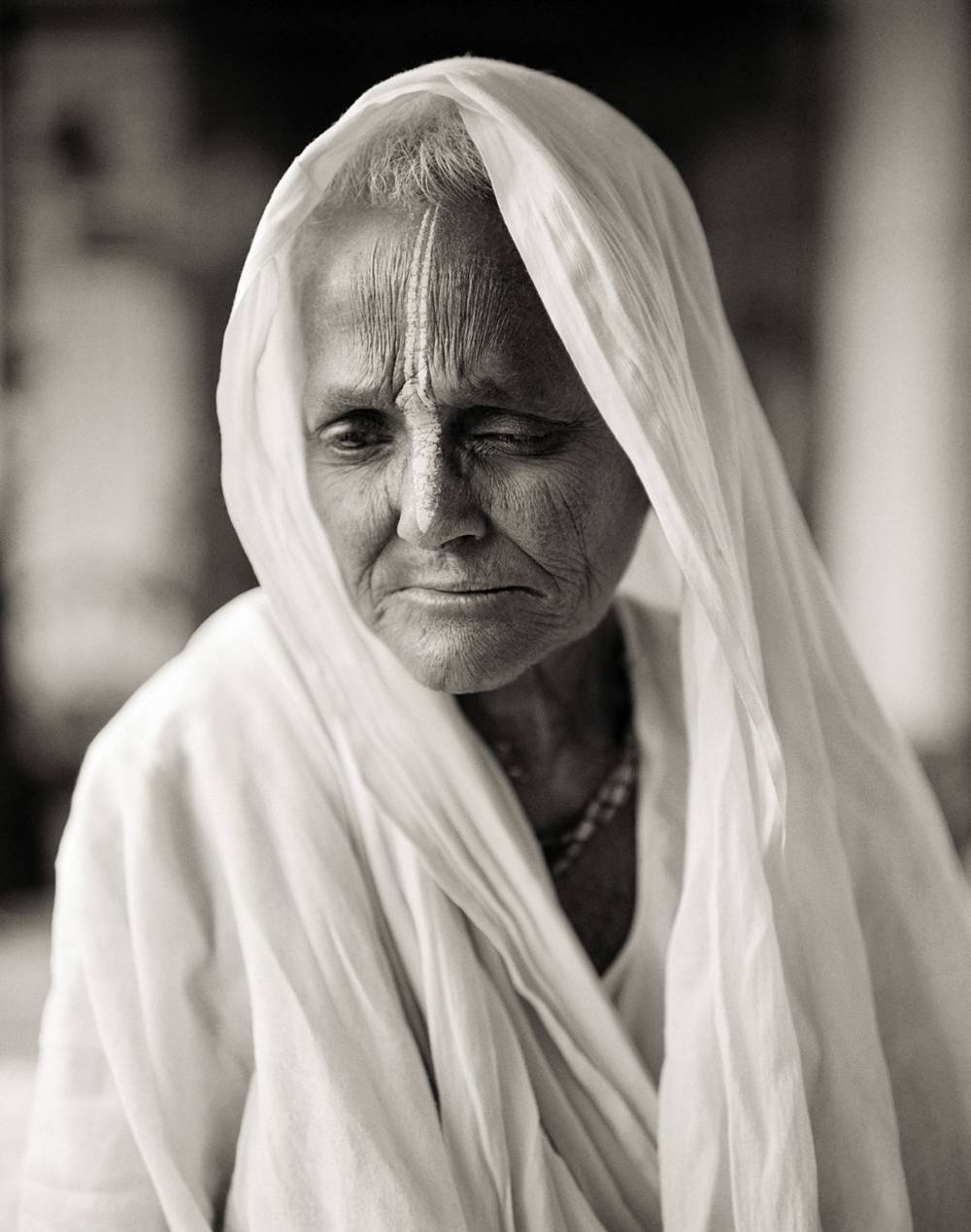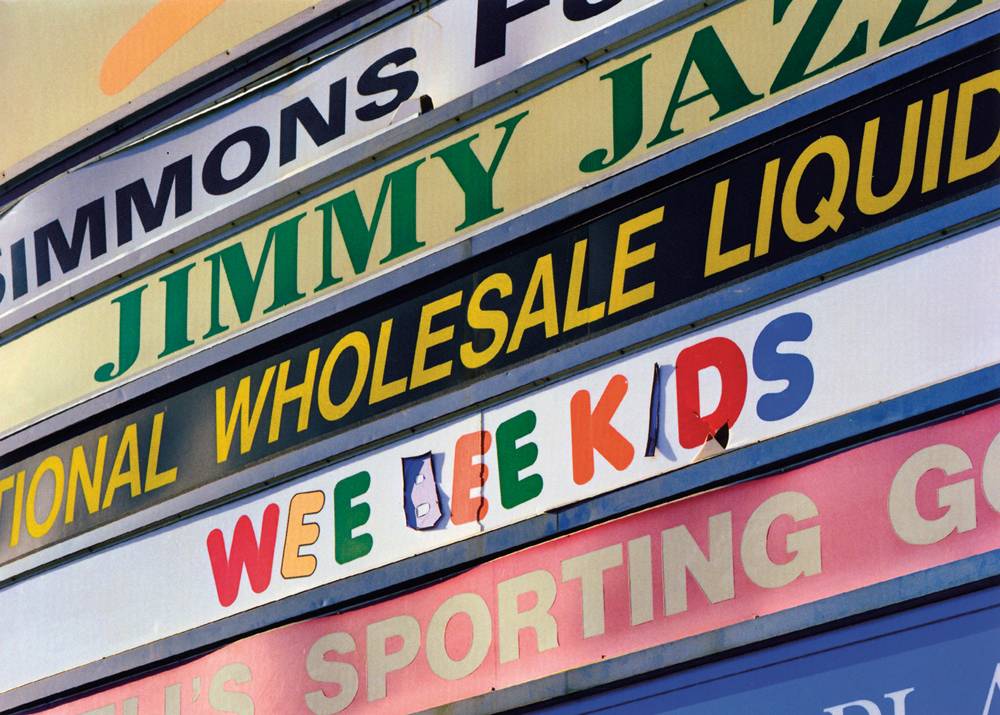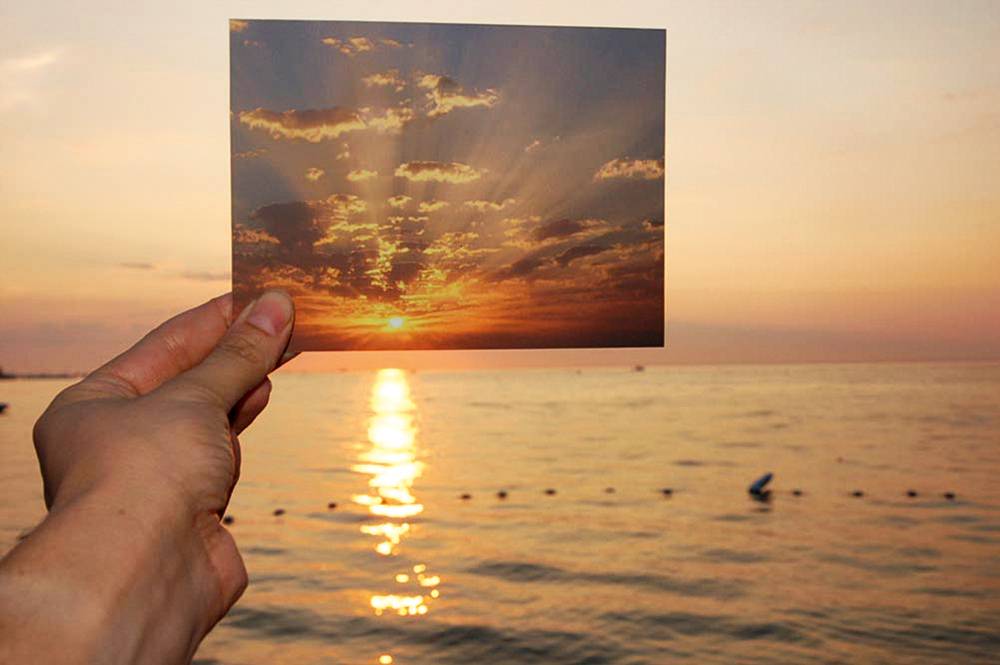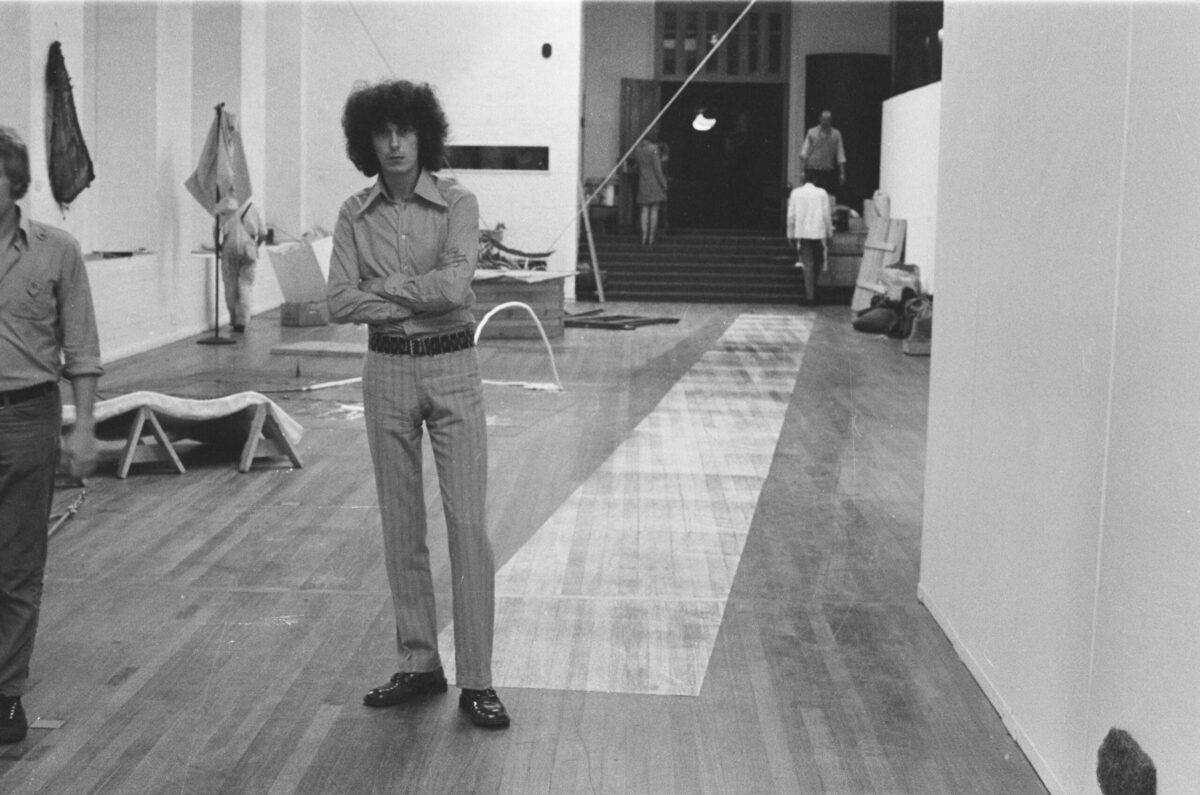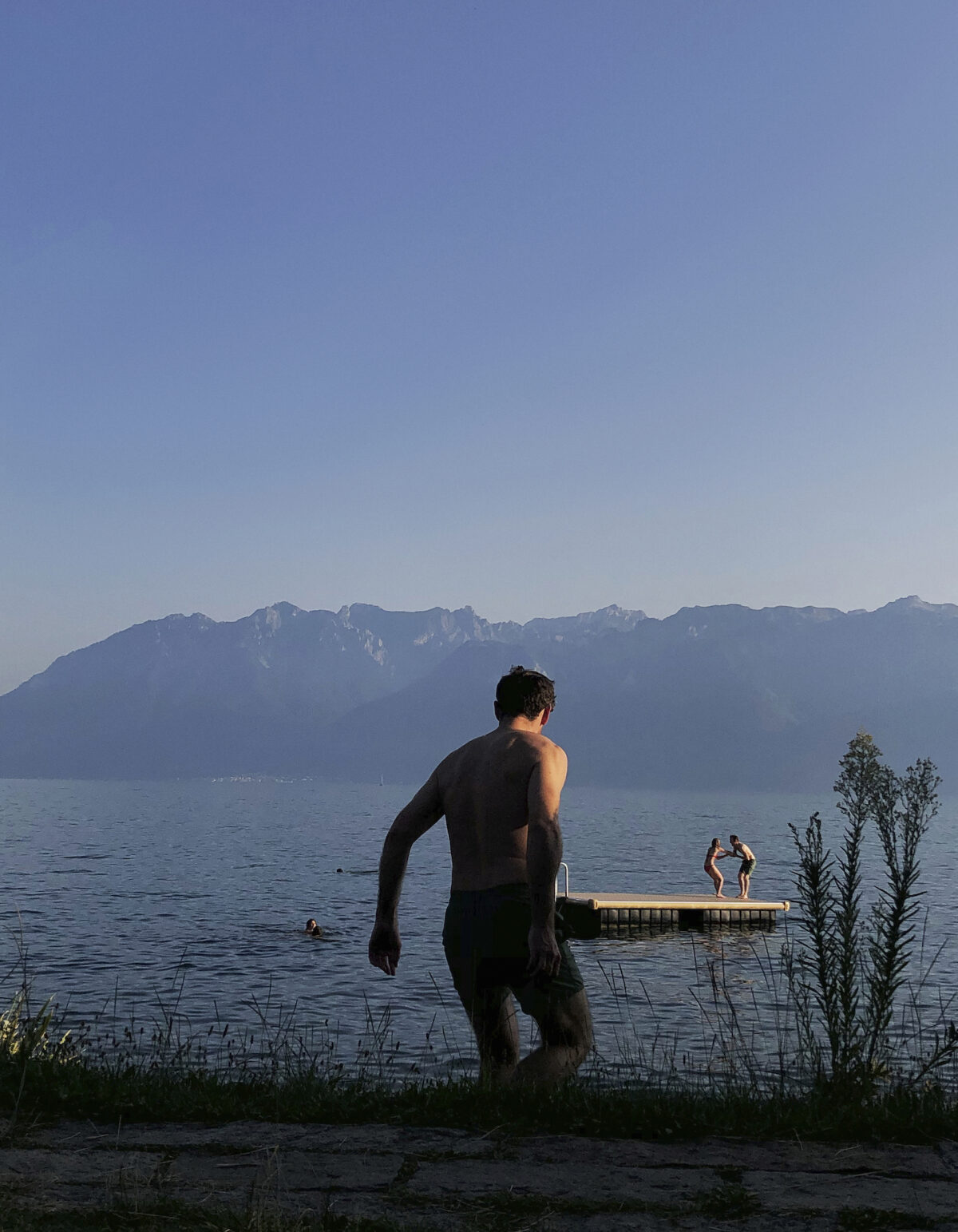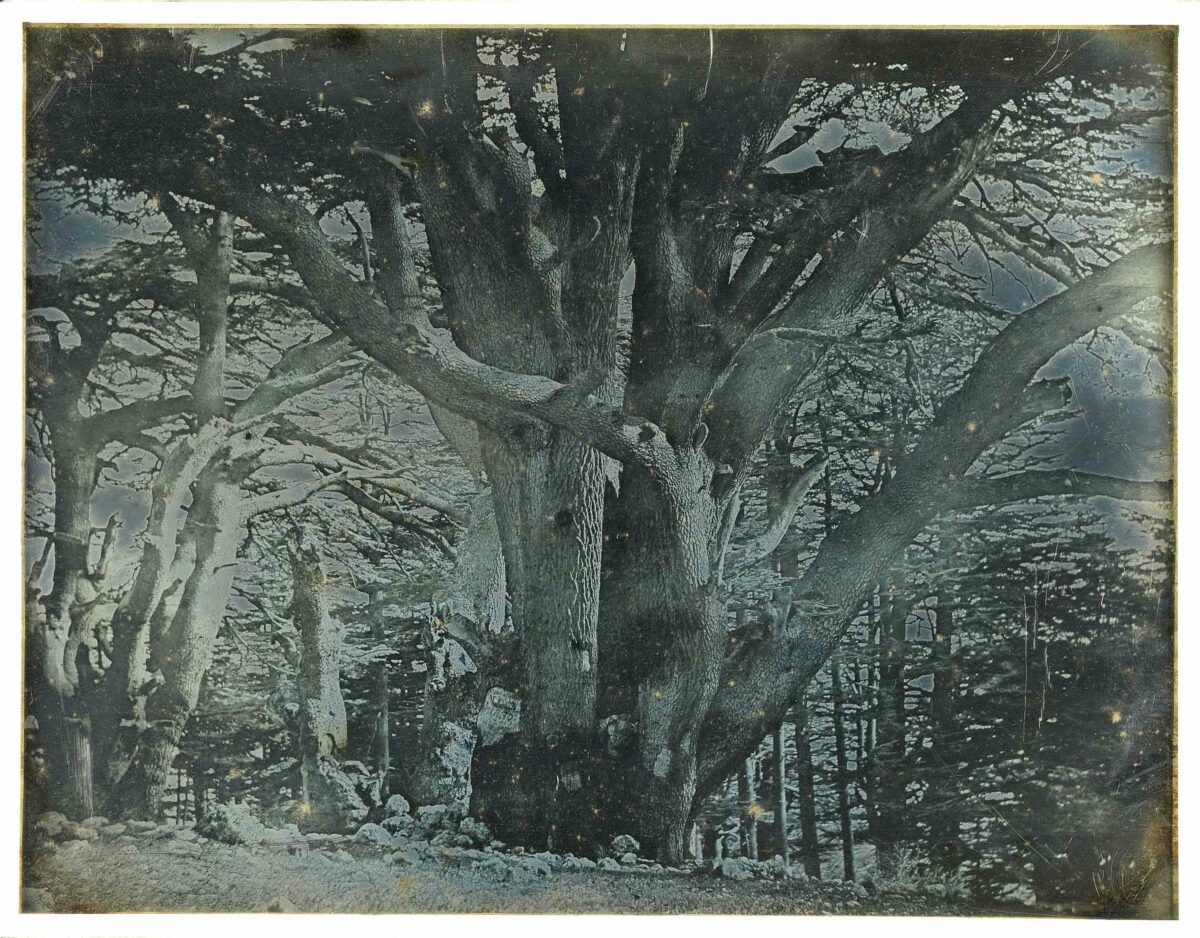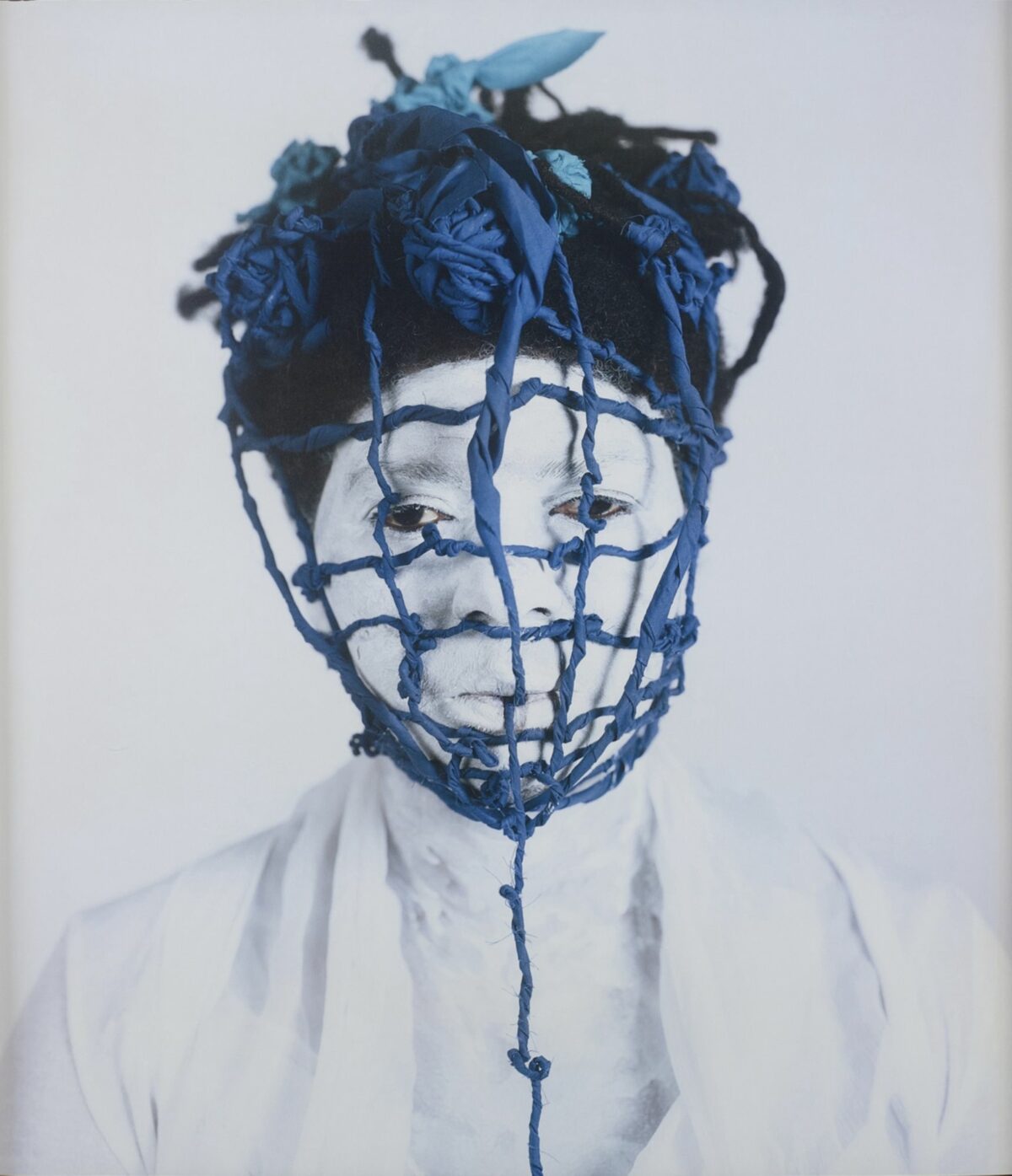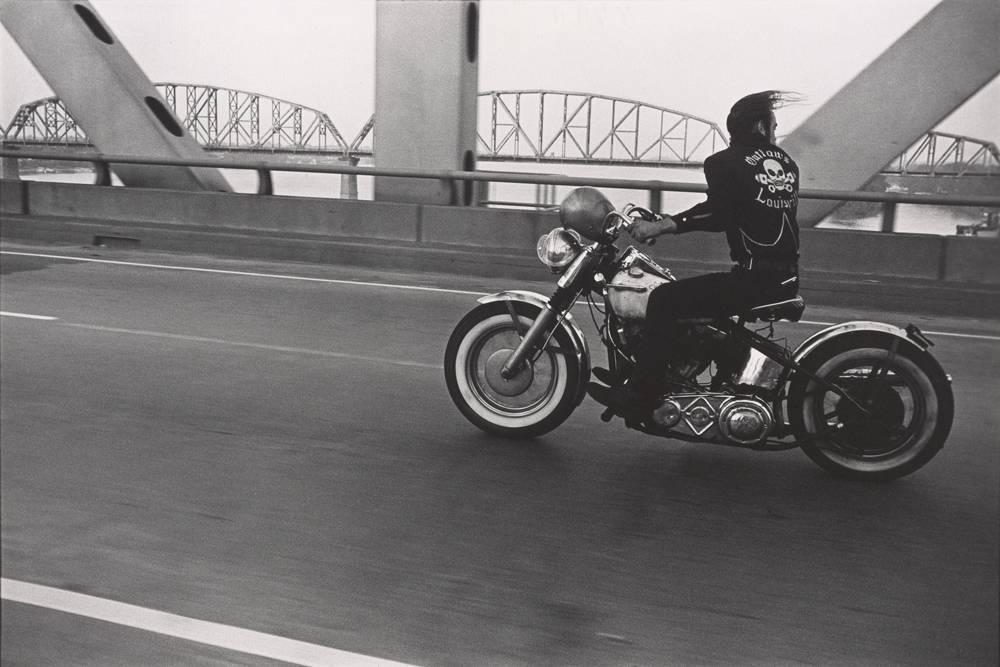Unless you looked at W during the 18 years that Dennis Freedman was that magazine’s audacious creative director (he left in 2010), you missed some of Philip-Lorca diCorcia’s best work, and some of the most sophisticated fashion photography since Guy Bourdin. DiCorcia might have chafed at the compromises of fashion shoots, but he also thrived at W, which sent him on location (to Cairo, São Paulo, Havana, Bangkok, St. Petersburg) for extended essays that always unfolded as a series of large-format double spreads. Collected in Eleven: W Stories 1997–2008 (Freedman Damiani), those pages remain razor-sharp and surprising. In an introductory interview, diCorcia says he dislikes the term “cinematic,” but he admits that his photographs “often imply an elliptical narrative, one that asks more questions than it answers.” Many images in these open-ended stories are landscapes or interior shots that set the scene but have nothing to do with fashion; even when a model appears, clothes are rarely the focus. Instead, the stories explore each new city as if it were a dream to be analyzed but never pinned down. “I tried to show both the visible and the psychological sides of a place,” DiCorcia says, “the official version and the hidden twin. Our shoots were like a tour bus lost in Dystopia.” Maybe that’s why their heady, unsettling combination of artifice and authenticity is so potent.
Karlheinz Weinberger (1921–2006) wasn’t a fashion photographer, but his pictures of creatively dressed post-adolescents in Zurich in the sixties have made him a cult hero to stylists everywhere. First published in an instantly out-of-print 2000 book, his photographs document the do-it-yourself inventiveness of kids determined to rattle the Swiss bourgeoisie with their unique pastiche of biker, rocker, and proto-punk styles. A new collection, Rebel Youth (Rizzoli), including previously unpublished photographs, many in color, locates Weinberger in the company of Robert Mapplethorpe, Diane Arbus, and Larry Clark as a fellow outsider whose sympathies drove his most personal work. Though hardly a rebel himself, Weinberger admired his subjects’ refusal to conform. Clearly, he was also quite smitten with them, if not downright obsessed, and his sublimated desire gives the pictures a warm glow. When it came to counterculture style, the Swiss skewed aggressively butch (jeans, cowboy boots, heavy chains) with femme touches (fur trim, fringe, scarves tied at the neck and leg) and genuinely eccentric bits, like belt buckles as large as dinner plates decorated with pictures of Elvis or James Dean. Weinberger recorded these outfits in loving detail, both out in the world, at carnivals, picnics, and motorcycle rallies, and in his modest apartment. But it’s the wannabe tough guys and girls wearing them that make his photographs memorable. I guess I’m pretty smitten too.
Bruce Wrighton brings an equally focused attention to his neighbors and the built environment in and around Binghamton, New York, where he worked in relative obscurity until his death in 1988, at age 38. The photographs in At Home (Only Photography, Berlin) are straightforward portraits, interiors, and small-town street scenes—a mix Alec Soth has made a career from—that have the simplicity of snapshots, but never seem tossed off. Wrighton brings an unusual candor, clarity, and concern to his subjects, and his portraits are especially vivid and touching. Working in color at a time when it was still out of favor, he mastered it. At Home is a belated recognition of a remarkable body of work, a rediscovery in the making.



